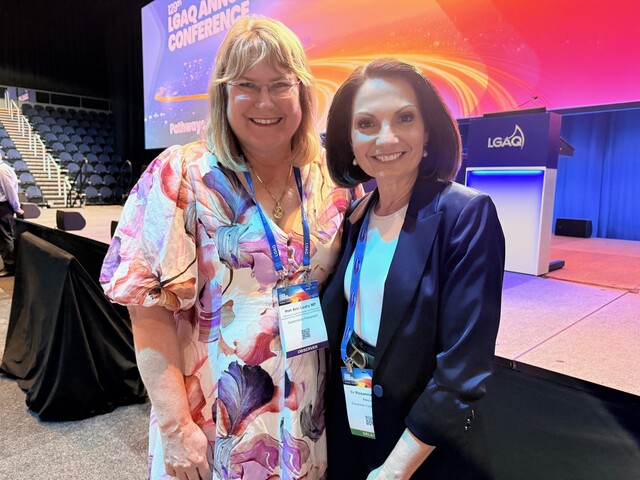Wollongong City Council, New South Wales, has worked with local community organisation The Disability Trust on a new interactive community mural in MacCabe Park.
The work was created by a group of 19 local school leavers between the ages of 18 and 23 who are living with disability.
The young creatives worked with professional local artist, Jill Talbot, on the mural design that drew on their individual artworks and discussions about their place in the local community. Individuals from the group were also interviewed about their life and the experience of creating the mural.
The ideas behind the mural were fine-tuned through a series of workshops run by Ms Talbot with the group who created a number of self-portraits using printmaking techniques. Ms Talbot then created the mural design using the young people’s artworks. The completed mural is on the western side of Pioneer Hall in MacCabe Park.
Lord Mayor, Gordon Bradbery AM, said, “Projects like these are important to amplify the voices of all the members of our community.”
The interviews can be listened to by scanning a QR code at the onsite mural signage, allowing those viewing the mural to gain additional insight into the works before them. For those unable to make it on site, the interviews can also be heard be visiting Council’s Illawarra Stories website.
“The mural reflects the diverse experiences of the many young people who live with disability everyday. The creation of the mural in the heart of Wollongong’s central business district gives these young people a voice.
‘’The works diverse themes reflect the unique personalities and interests of the participants and reflect that disability is not a universal experience.”
McCabe Park mural gives a voice to its artists.
Diane Heinlein, Coordinator of School Leaver Employment Support for the Disability Trust in Wollongong echoed the sentiment, reflecting that “The best part of the project and mural is that it celebrates the groups strengths, rather than focusing on their deficits.”








